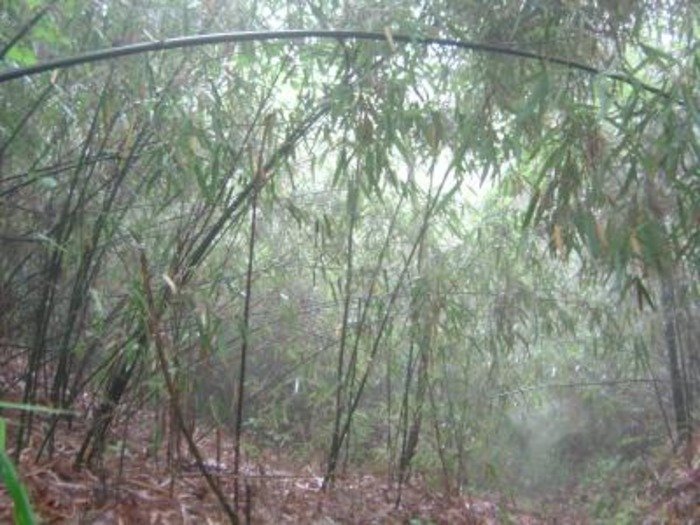EAST LANSING, Mich., Nov. 12 (UPI) -- Climate models show a threat to bamboo, the staple food of China's giant pandas, could put pressure on the already endangered species, researchers say.
Scientists from Michigan State University and the Chinese Academy of Sciences have made computer models of how changing climate may affect the species of bamboo that cover the forest floors of prime panda habitat in northwestern China.















